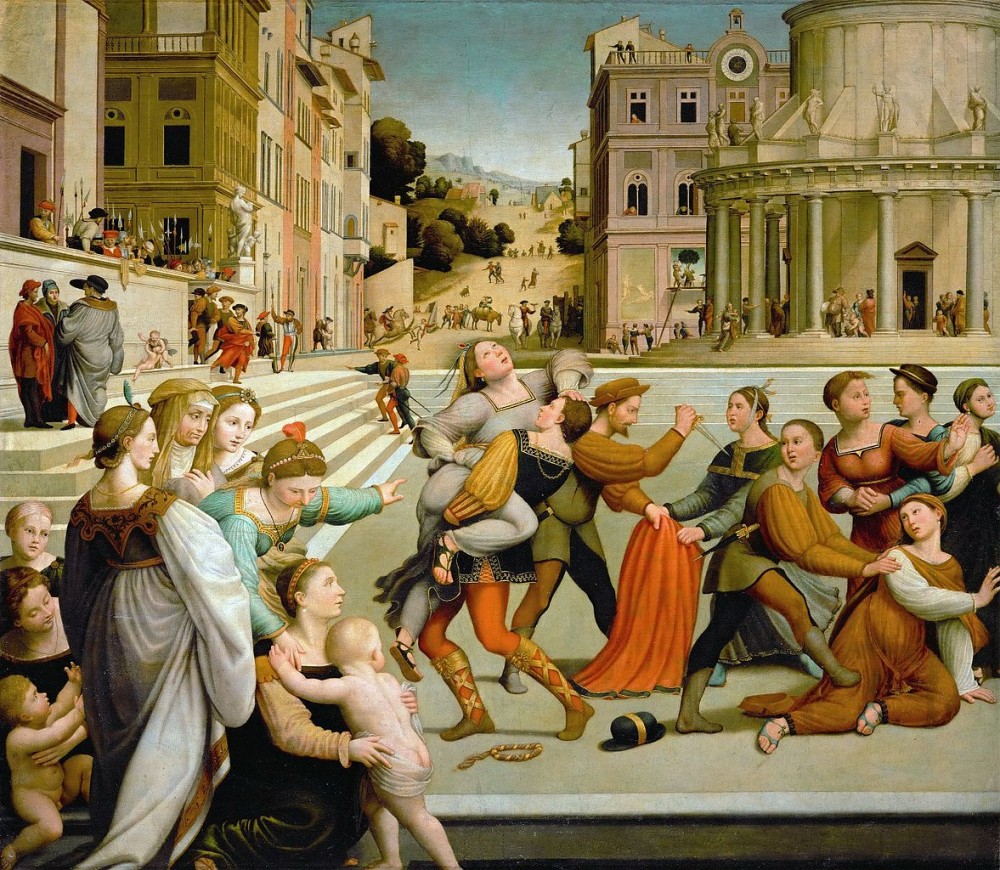Women of the Bible say #MeToo
Read Tamar or Dinah's story with your church. Listen together for their cries.

The #MeToo movement took off because it harnessed the power of personal story. Individual stories can point to a societal problem that goes far beyond any individual. The witness of the “silence breakers” who collectively were named “Person of the Year” by Time magazine and the brave statements of people like Rachael Denhollander, who testified against gymnastics doctor Larry Nassar, are examples of how the telling of stories can reshape culture.
Christians know the importance of story because our sacred texts communicate through story, and some of those are about the suppression and abuse of women. In what Phyllis Trible called its “texts of terror,” the Bible tell harrowing tales of women being raped, sacrificed, and silenced by members of their own family. Violence against women is used as occasion for blood revenge. To hear the women’s cries and learn their stories is to honor each one as a beloved child of God. Their stories can be mined for glimmers of hope, as precious as gold ore, or read as cautionary tales, warnings about what happens when the powerful become corrupt and the vulnerable are silenced.
Consider the story of the rape of Tamar in 2 Samuel 13:1–9. (See the longer analysis of this story by Anna Carter Florence, "Listening to Tamar.") Tamar is preyed upon by Amnon, King David’s son and her half brother, who is heir to the throne. He is aided in his attack by a cunning adviser, Jonadab, who concocts the idea that Amnon can lure Tamar to his bedchamber by pretending to be sick and asking her to prepare a special dish before his eyes.





